- Home
- Who We Are
- Treatment Programs
- What We Treat
- Resources
- Get Started



Prescription drug abuse can quickly develop when people begin using a medication for a reason other than what their doctor intended.
If you are addicted to a prescription drug, you’re not alone. Experts estimate that over 18 million people use prescription drugs for nonmedical reasons every year. Just because this addiction is common, however, doesn’t mean it’s not serious. Cedar Oaks Wellness Center offers a variety of treatment options to help people quit their prescription drug addictions and commit to a healthy lifestyle. When you check into our Cincinnati treatment center, you can expect to be treated with compassion and respect as we work together to help you reclaim your life.

Opioids are prescribed to treat pain, which is why they’re commonly referred to as painkillers. Common opioids include codeine, morphine, oxycodone, and hydrocodone. In the 90s, doctors across the country prescribed opioids at a fast rate, and pharmaceutical companies maintained that their drugs weren’t addictive. Fast forward to today, and the U.S. is experiencing an ongoing opioid crisis that many organizations are labeling an epidemic.
2018 data reported that every day, around 128 people die from an opioid overdose in the United States. In 2017 alone, more than 47,000 people died from opioid overdose. Opioids are highly addictive, and they work to prompt the brain to release dopamine so users feel euphoric. Over time as people develop a tolerance, however, they tend to need more of the drug to feel the same high, which is how overdose can occur.

Stimulants are prescribed to stimulate the brain by triggering the release of chemicals related to focus, attention, or reward. These drugs also increase your blood pressure, blood sugar, and heart rate, giving your body an all-around boost. While popular stimulants like Adderall and Ritalin and used to treat conditions like depression, ADHD, and ADD, they are also one of the most abused prescription drugs. Adderall, for instance, is popular among students who abuse the drug in order to study longer and focus more on their schoolwork.
People who abuse stimulants often crush the pills and snort them to achieve more potent effects, but they can also raise your body temperature and even cause an uneven heartbeat. People with addiction also commonly suffer from vomiting, loss of appetite, agitation, and insomnia.


Central nervous system (CNC) depressants are prescription drugs that are designed to slow down activity in the brain and help users to feel mentally balanced. These drugs adjust the levels of gamma-aminobutyric acid (GABA) in the brain to ease brain function. These drugs are typically prescribed to people dealing with mental conditions like anxiety or panic disorder, as well as sleep disorders.
These drugs include benzodiazepines like Valium, Xanax, and Klonopin, as well as barbiturates. Side effects commonly associated with depressant abuse include lowered blood pressure, slowed breathing, and poor concentration. If a user takes enough of a depressant to overdose, their breathing may slow or stop, resulting in hypoxia.
Our Cincinnati team can handle all the details while you focus on healing – call for prescription drug addiction treatment today at 1-866-902-2994
Prescription drug abuse and addiction can have serious physical consequences and create medical conditions that didn’t exist before. People with addictions to CMS depressants, for example, can develop memory problems.
In addition to physical symptoms, there are also behavioral consequences that come with addiction.
If you recognize these behaviors in yourself or someone you love, this may be a sign that you are addicted and need to seek treatment:
Prescription drug addiction can destroy your life. You may lose friends, your job, money, and develop serious medical conditions that stay with you long-term.
Contact us online or by phone today at 1-866-902-2994 to recover safely in a comfortable environment. Our 120-acre campus offers a peaceful place to heal.


Just like every person is different, so to is everyone’s journey of recovery. At Cedar Oaks Wellness Center we realize this, and work with you to take the first step wherever you are on your journey.

©Copyright 2025 Cedar Oaks Wellness – Ohio Drug & Alcohol Rehab